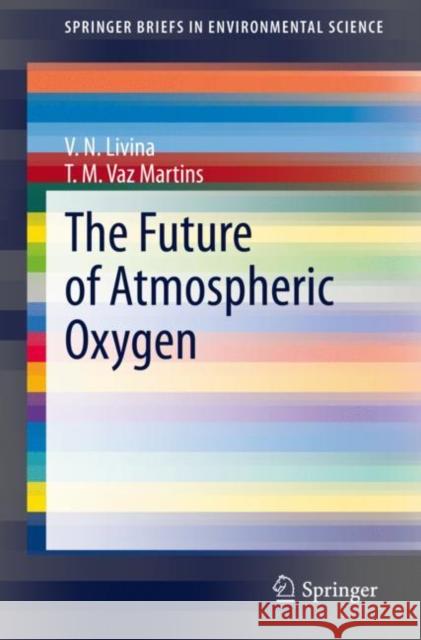The Future of Atmospheric Oxygen » książka
topmenu
The Future of Atmospheric Oxygen
ISBN-13: 9783030436643 / Angielski / Miękka / 2020 / 49 str.
Kategorie:
Kategorie BISAC:
Wydawca:
Springer
Seria wydawnicza:
Język:
Angielski
ISBN-13:
9783030436643
Rok wydania:
2020
Wydanie:
2020
Numer serii:
000416842
Ilość stron:
49
Waga:
0.09 kg
Wymiary:
23.39 x 15.6 x 0.3
Oprawa:
Miękka
Wolumenów:
01
Dodatkowe informacje:
Wydanie ilustrowane











